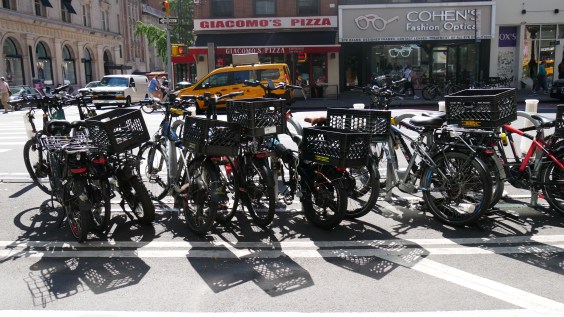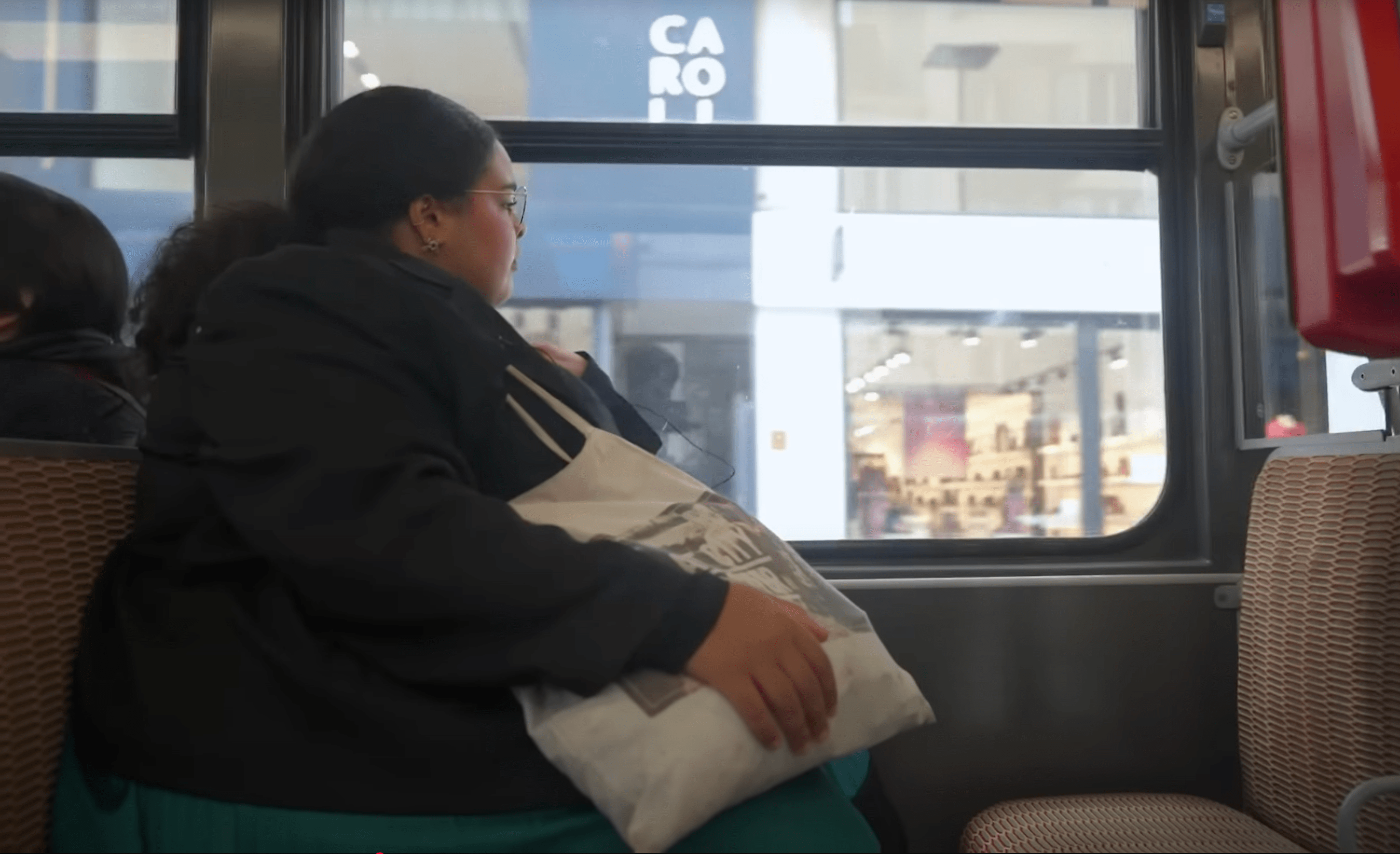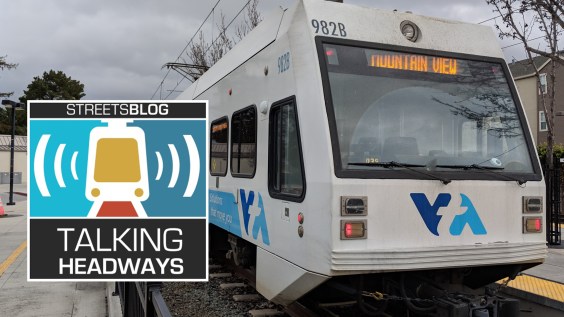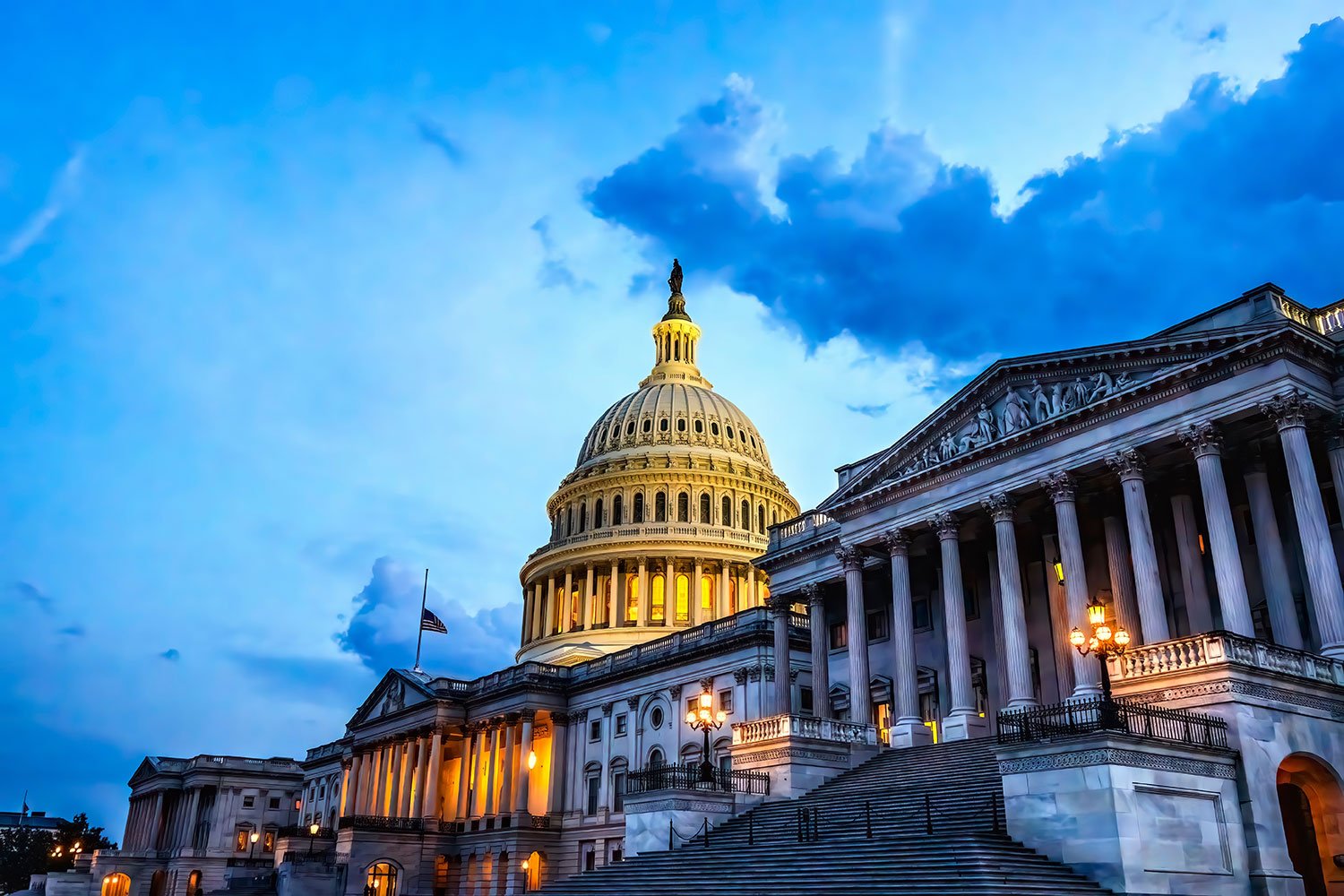St. Louis is reeling from the news that the city has lost 29,000 residents -- or eight percent of its population -- since 2000. The Gateway City had already lost a greater share of its population than any other US city. The latest count brings it down to a total 319,294 from a height of 856,796 residents in 1950.
News of the loss was especially disappointing as the Census's biannual population estimates had shown a slight uptick in city population, leading many to believe St. Louis had turned a corner. Alex Ihnen at Next STL shared the frustration of local urbanists and characterized the news as an indictment of local policies:
It had become conventional wisdom that the City had hit bottom, that the population was now increasing for the first time since 1950. The 2009 American Community Survey, a yearly estimate produced by the U.S. Census Bureau had estimated the population had grown to 356,587 residents.
Who is the city losing and why? Where can new ideas come from? When will the "old guard" who have overseen this exodus stop cutting ribbons and turning dirt with a smile and silver shovel and simply get out of the way? The City of St. Louis is subject to national and international trends that challenge every historic American city, but what we have done has failed. Failed.
Population loss in the central city is only half the story, however. St. Louis's suburbs are seeing a different trend, noted by New Geography:
The St. Louis metropolitan area did much better. In 2010, the metropolitan area had a population of 2,813,000, up from 2,699,000 in 2000, a gain of four percent. The loss in the city was eight percent, while the suburbs gained six percent.
New Geography uses the metro growth to argue that the St. Louis region is "flourishing," despite the declining state of its central city. However, a more critical look at the data tells a different story.
Hardly a harbinger of health, St. Louis's metro growth rate was less than half the rate of U.S. as a whole, according to the St. Louis Post-Dispatch. St. Louis County lost two percent of its population, dipping below 1 million residents, as a result of population declines in the inner-ring suburbs. Meanwhile, suburban St. Charles County overtook the population of the city of St. Louis in the last decade. And Jefferson County isn't far behind. St. Charles County gained 76,602, or 27 percent. Jefferson County gained 20,634, or 10 percent. Exurban Lincoln and Warren counties both had growth rates greater than 30 percent.
The slow regional population growth rate would be tolerable, if in fact the region's economic growth was outpacing it, making the region "richer," says Tim Logan at the Post-Dispatch, but alas, that is not the case. Meanwhile, the region is becoming more segregated as it sprawls. White residents are leaving the center of the city faster than black residents
This latest round of data should inspire some reflection on the part of St. Louis leaders about regional development patterns, or the next Census is likely to be just as disappointing.
It must also be noted that St. Louis is hardly unique. Chicago residents were taken aback last week when the Census showed the city had lost roughly 200,000 residents.
Elsewhere on the Network today: The Transport Politic gives Honolulu's new rapid transit rail project a proper welcome. And The Urbanophile reports metro GDP data paint a rosy picture for Portland, but not so much for Atlanta.






